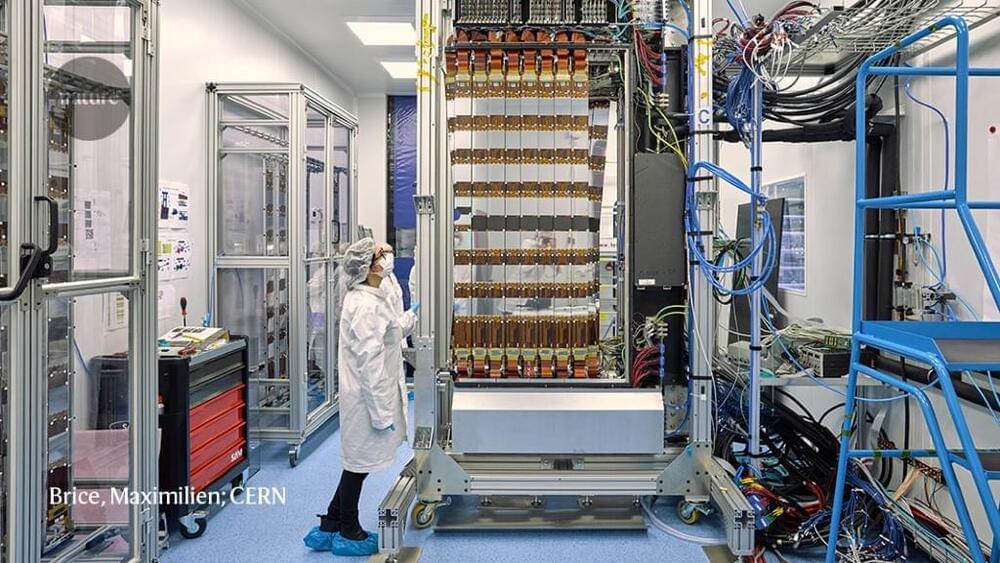Austin, Texas-based 3D printing construction company ICON has gotten some pretty significant projects off the ground in recent years, from a 50-home development in Mexico to a 100-home neighborhood in Texas. This week the company won a NASA contract that will help it get an even bigger project much further off the ground—all the way to the moon, in fact.
The $57.2 million contract is intended to help ICON develop technologies for building infrastructure on the moon, like landing pads, houses, and roads. The goal is for ICON to build these lunar structures using local material—that is, moon houses built out of moon dust and moon rocks.







